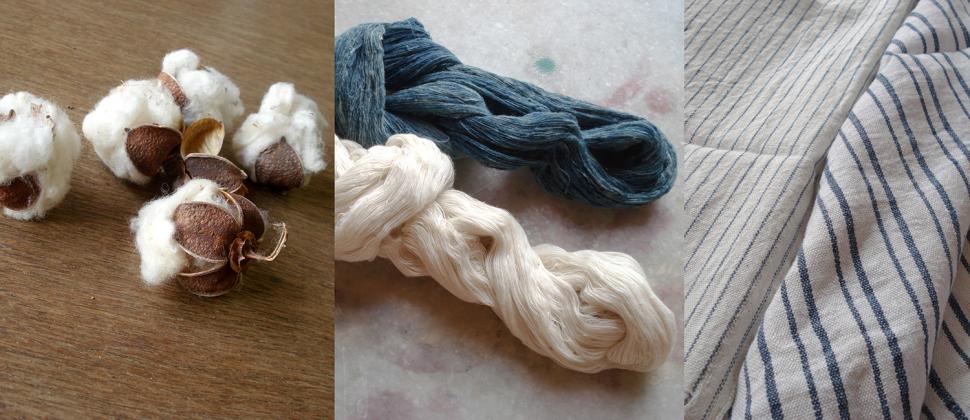Organic Indian cotton variety more sustainable than GMO counterpart but lacks buyer demand

Published: April 6, 2025
Category: Organic News
Indigenous to the Kutch district of Gujarat in western India, organic kala cotton is a sustainable treasure.
Unlike Bt cotton, which uses about 600 millimeters of water when sown, kala cotton uses only 30 to 35 millimeters—20 times less than its GMO counterpart—and doesn’t require any hydration beyond rain water. It’s grown without any pesticides, as it’s a naturally strong crop with a high tolerance for diseases and pests that flourishes in rough conditions. In contrast, Bt cotton requires pesticides, synthetic fertilizers, and irrigation, making it much more expensive to grow than the natural kala cotton, which needs no capital.
Kala cotton also produces a thick yarn that’s coarser than conventional cotton and naturally breathable, lending itself well to denim apparel. And its sweet, green buds are used to feed local cows, goats, and buffalo, making it ecologically advantageous.
So why, despite its many benefits, does this gem of a crop struggle to find consumer success? For one thing, it’s grown in small batches, making large-scale production a challenge. It’s also less in demand than other crops indigenous to Kutch, explains Devshi Parmar of Adesar Vistar Khet Utpadan Producer Company Limited, an organic farming collective of about 330 farmers. Adesar works to promote organic farming by providing organic certification and linking organically grown products to marketplaces. Parmar notes that while kala cotton and castor are sown at the same time of year and for identical durations, the castor (for oil) is much more sought after, especially by U.S., European, and Australian markets.
Perhaps as its advantages become more widely known, organic kala cotton will find a stronger consumer market, finding the success it deserves.
Source: The Week
To view source article, visit: https://www.theweek.in/columns/namrata-zakaria/2025/03/01/kala-cotton-is-pure-magic.html/
Organic & Non-GMO Insights April 2025




